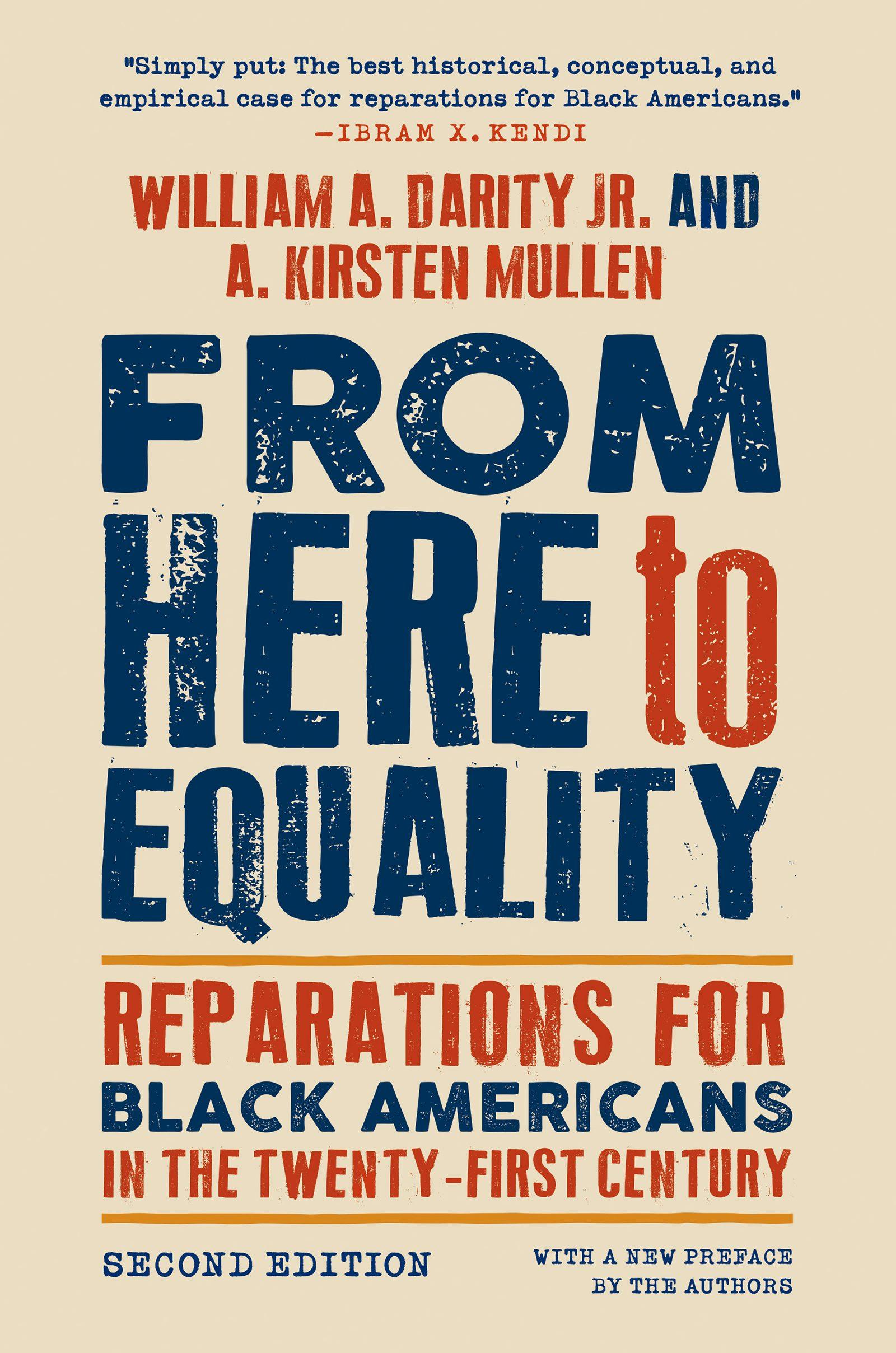Five years after Congress’s apology, the journalist Ta-Nehisi Coates published an essay in The Atlantic, “The Case for Reparations,” that galvanized national attention. In 2019 Coates and others testified before a House Judiciary subcommittee about H.R. 40. The hearing represented the most significant congressional consideration the bill had received in thirty years. The largest and oldest reparations advocacy organizations in the world—N’COBRA, the Caribbean Community and Common Market, and the National African American Reparations Commission—testified. More than one hundred human rights organizations, including the ACLU, Human Rights Watch, and the Japanese American Citizens League, signed a letter to congressional leaders urging the bill’s passage.
For Darity and Mullen, these attempts, so often tentative and isolated, have been dismal—hardly enough to address large-scale needs. Nothing short of “congressional action,” they write, will “ensure the provision of coverage and amounts of monies that meet the magnitude of the just claim.” But they are encouraged by recent political discussions about reparations during the 2018 midterm elections and 2020 presidential primaries. From Here to Equality went to press before the Biden/Harris ticket had even been nominated, but on Biden’s campaign website, under the heading “Lift Every Voice: The Biden Plan for Black America,” he pledged to study the issue if he became president. Now he will have that chance.
Darity and Mullen’s book comes, then, at a propitious moment. Moved by global Black Lives Matter protests during the summer of 2020, large cities such as Los Angeles and New York City have shifted funds from police budgets to education and other socially responsive efforts. Multinational corporations including Bank of America, Pepsi, and Apple have pledged millions for racial justice. Other corporations, nonprofits, and state and municipal governments have publicly announced financial commitments to address systemic racism. Important, too, is the growing body of scholarly work detailing the structural effects and personal costs of racist practices and violence, including, but not limited to, lynching, forced sterilization, redlining, slum clearance, mass incarceration, and police brutality. These efforts—some of them significant gestures while others are more furtive—signal that a serious conversation about large-scale reparations may be on the horizon.
I use “signal” here to reflect my guarded optimism. I wonder: Who makes decisions about how these dollars are spent? Who sets the priorities? More important, who benefits? New doubts and old questions remind us again of the complexities of repaying moral debts. And moral debts need to be paid. Apologies, commemorations, and plans go only so far. To be of any consequence, racial justice should be tied to thick folds of currency and the peal of hard coin.
